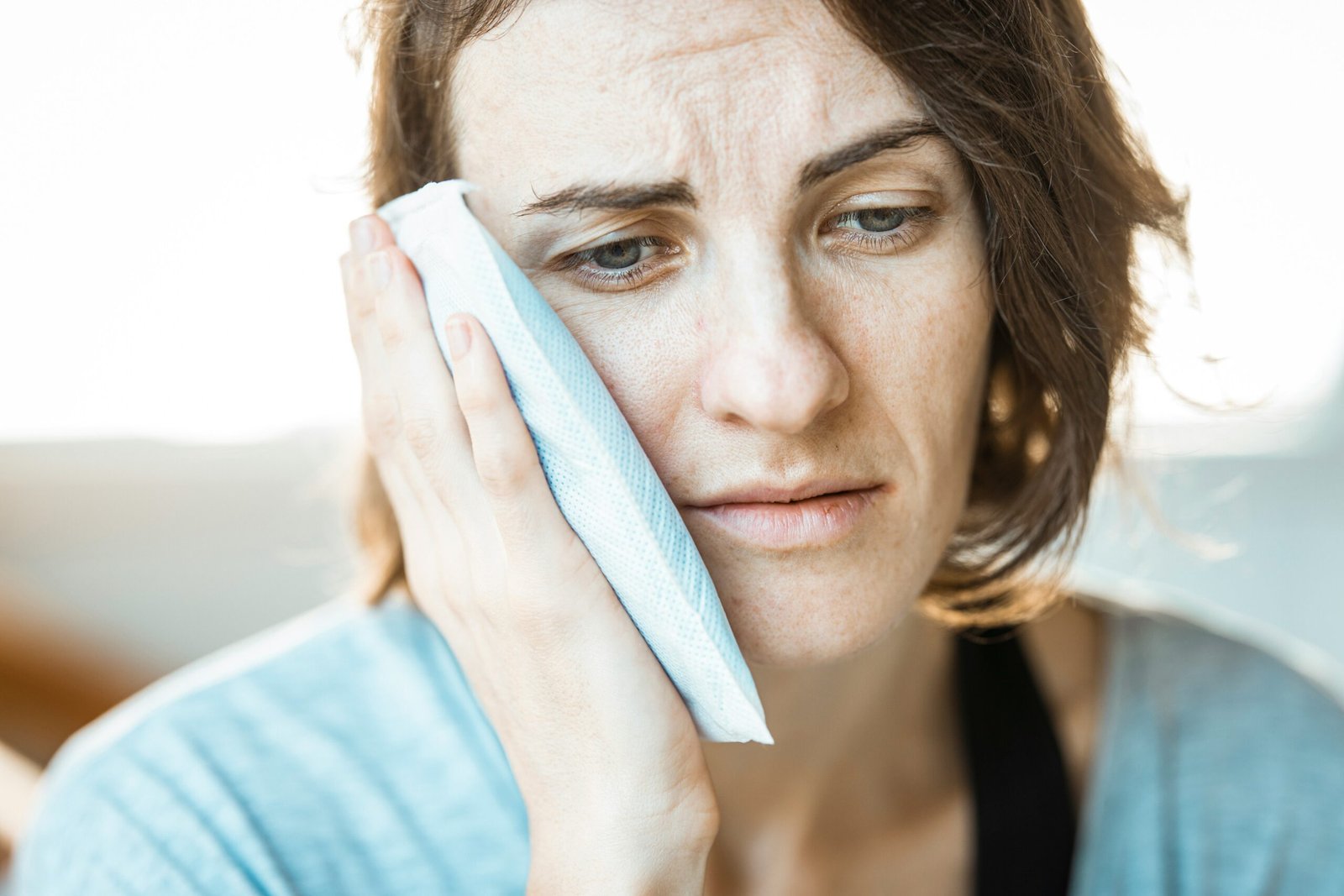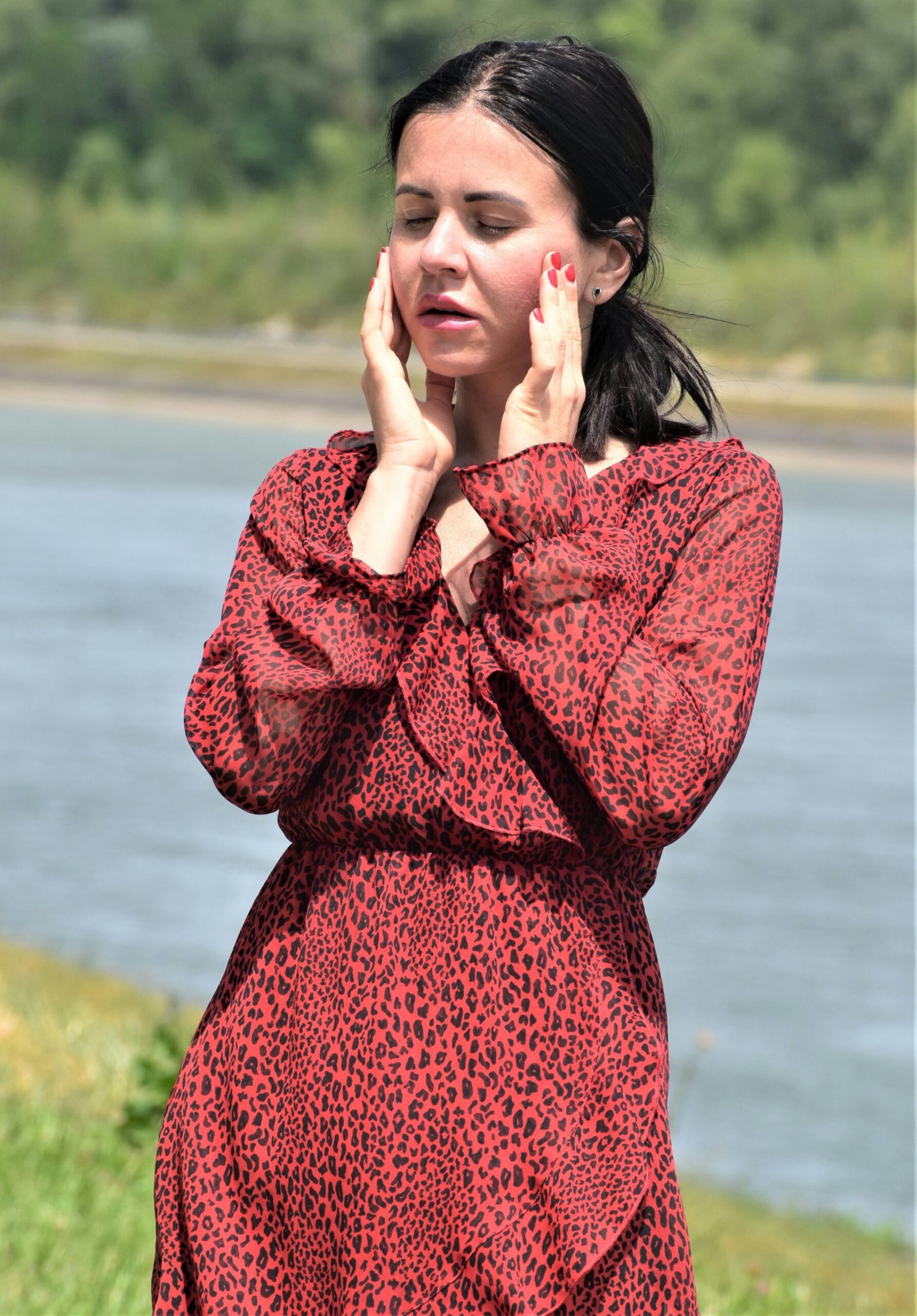Bruxism is a complex oromotor behavior disorder characterized by the involuntary activity
of the masticatory muscles, which manifests through clenching or grinding of the teeth. It
can be classified into two main forms depending on the time of day: sleep bruxism (SB)
and awake bruxism (AB). These manifestations can be isometric (sustained clenching),
eccentric (dynamic movement with dental contact), or simple mandibular thrusts without
dental contact.
Although it has been known as a disorder for decades, its etiology is still not fully
understood. The most accepted hypotheses approach bruxism from a multifactorial
perspective, where neurophysiological, genetic, psychological, and environmental factors
interact to trigger and sustain this disorder. This complexity is also influenced by the
presence of comorbidities and external factors, such as certain medications, the use of
stimulants, and sleep disorders. This text aims to provide an updated and comprehensive
view of the causes of bruxism, incorporating the latest scientific findings.
Primary Etiology Hypothesis of SB
This hypothesis revolves around the hyperactivation of the mesencephalic trigeminal nerve
(MTN), which provides a dysfunctional response derived from the difficulty in adapting to
environmental changes, such as psychosocial factors, genetic characteristics, or
alterations in the central pattern generator for mastication (CPGm). These, in turn, activate
the nuclei of the ascending reticular activating system (ARAS), responsible for the release
of neurotransmitters related to wakefulness, such as dopamine, norepinephrine,
glutamate, and others.
Under normal circumstances, during the sleep phase, the ventrolateral preoptic nucleus of
the hypothalamus (VLPO) releases GABA and galanin, inhibiting the excitatory action of
the ARAS nuclei. This release of GABA and galanin, in turn, activates the MTN, resulting in
the release of glutamate, which prevents excessive reductions in the neurotransmitters
released by the ARAS nuclei. This system acts as a physiological preventive mechanism
to maintain a certain level of response activity in case of need.
However, in sleep bruxism, it has been suggested that this system is altered by
environmental factors (such as stress) or endogenous factors (such as genetic
predispositions). This results in hyperactivation of the mesencephalic trigeminal nerve
(MTN), which then stimulates the occlusal muscles. These episodes may be related to
increases in sympathetic activity that precede occlusal contact or rhythmic mandibular
movements.
Bruxism and the Autonomic Nervous System
The study conducted by Nukazawa S., Yoshimi H., and Sato S., published in Cranio,
represents a significant contribution to the understanding of bruxism. This study
specifically focuses on the autonomic nervous system activities associated with bruxism
events during sleep, providing a valuable perspective on the causes and underlying
mechanisms of this disorder.
The researchers conducted a detailed analysis using polysomnography (PSG) on a
selected group of patients. PSG is a diagnostic technique that simultaneously records
various physiological functions during sleep, including brain activity, eye movements, heart
rate, and respiration. This allowed the researchers to directly observe bruxism events and
correlate them with other physiological parameters.
The main finding of this study is the relationship between bruxism and autonomic nervous
system activities. The researchers observed that bruxism events are often preceded by an
increase in sympathetic activity, raising heart rate and blood pressure. This suggested that
bruxism could be a physiological response to sympathetic activation.
One possible interpretation of these results is that bruxism might be a defensive
mechanism or a reaction to stress.
The increase in sympathetic activity could be a response to certain stimuli, such as respiratory problems during sleep, and bruxism might be a way to restore normal airway function. This theory aligns with other research linking bruxism to sleep-related breathing disorders, such as sleep apnea. The clinical implications of this study are notable.
If bruxism is a response to sympathetic activation, this could open new pathways for treatment. Treatments could focus not only on protecting the teeth but also on managing sympathetic activity.
Secondary Bruxism
Bruxism, as an entity, is often secondary to factors related to other conditions:
- Bruxism and Pharmacology: Pharmacology plays a crucial role in the incidence of bruxism. Various medications, especially antidepressants and psychostimulants, have shown a significant correlation with increased prevalence of bruxism. For instance, selective serotonin reuptake inhibitors (SSRIs), widely used in the treatment of depression and anxiety disorders, have been associated with heightened bruxist activity. This relationship is attributed to the influence of these drugs on neurotransmitters, particularly serotonin, which plays a role in regulating muscle movement.
- Bruxism and Tobacco (Nicotine): Nicotine consumption, found in cigarettes, has also been linked to bruxism. Nicotine is a stimulant of the central nervous system, and its use can increase muscle activity, including that of the masticatory muscles. Various studies have found a significantly higher prevalence of bruxism among smokers compared to non-smokers. This suggests that nicotine could be exacerbating or even inducing bruxist behavior.
- Bruxism, Alcohol, and Drugs: Alcohol and recreational drugs are another factor influencing the incidence of bruxism. Alcohol, known for its depressive effects on the central nervous system, can alter neuromuscular function and increase the incidence of bruxism, especially during sleep. On the other hand, recreational drugs such as cocaine and ecstasy, which are stimulants, can provoke an increase in masticatory muscle activity, leading to acute bruxism episodes.
Bruxism and Comorbidities
- Snoring: The study by Monika Michalek-Zrabkowska and collaborators examines the relationship between simple snoring and sleep bruxism in patients without obstructive sleep apnea (OSA). Initially, 565 snoring subjects underwent polysomnography. After evaluation, individuals with OSA were excluded, and 129 participants were analyzed. The results revealed that the bruxism episode index was positively correlated with the maximum snoring intensity. Notably, phasic bruxism showed a positive correlation with snoring intensity in all sleeping positions. The supine position during sleep appeared to have a significant impact on both snoring intensity and bruxism.
- Obstructive Sleep Apnea (OSA): Da Costa Lopes and collaborators, in their systematic review, focus on exploring the possible relationship between sleep bruxism (SB) and obstructive sleep apnea syndrome (OSAS). The review identified several studies suggesting a positive association between SB and OSA. These studies indicated that patients with OSA have a higher prevalence of SB compared to individuals without OSA. The underlying mechanism proposed for this association is based on the hypothesis that SB could be a compensatory mechanism to reopen the airways during apnea episodes. SB is suggested to act as a neuromuscular reflex aimed at restoring the patency of the upper airway. During apnea episodes, reduced airflow and potential carbon dioxide buildup may activate the masticatory muscles in an attempt to resolve the airway obstruction.
- Gastroesophageal Reflux Disease (GERD): Systematic reviews by Nota et al. and the study by Mengatto et al. agree on the relationship between SB and GERD. They explain that bruxism functions as a protective mechanism to safeguard oral and pharyngeal structures from the increased acidity caused by reflux. Physiologically, when reflux occurs, the central pattern generator for mastication (CPGm) is activated, developing protrusive and masticatory mechanisms (bruxist activity) that facilitate saliva release, alleviating the acidity of the reflux. The combination of increased oral acidity and protective bruxist activity leads to significant enamel weakness, triggering a faster and more aggressive process of dental wear than usual.
- Stress and Anxiety: The systematic review and meta-analysis conducted by Chemelo, Victória dos Santos, et al., investigates the relationship between stress and bruxism. The findings indicated a significant relationship between stress and bruxism. The meta-analysis revealed that both sleep bruxism and awake bruxism are correlated with elevated stress levels. These findings suggest that stress can influence neuromuscular activity, leading to bruxism. Stress may alter sleep patterns and increase autonomic nervous system activity, heightening the activity of the masticatory muscles. Although Chemelo et al. did not specify differences, most evidence points to awake bruxism (AB) having a stronger and more direct correlation with conscious stress, while in sleep bruxism (SB), stress acts as an indirect factor that disrupts sleep and triggers bruxist activity. In SB, the relationship with stress is less conscious and more mediated by imbalances in neurotransmitters. Stress also indirectly influences SB by altering sleep patterns and sympathetic activation (e.g., increased heart rate and blood pressure before SB episodes).
Physiotherapist ColFiCat: 4545 / Osteopath DO MROE: 544
Miembro de la Sociedad Española del Sueño (SES)
Miembro de la Sociedad Española del Sueño (SES)
Bibliography
- Bertazzo-Silveira, E., Kruger, CM, De Toledo, IP, Porporatti, AL, Dick, B., Flores-Mir, C., & Canto, GDL (2016). Asociación entre el bruxismo del sueño y el abuso de alcohol, cafeína, tabaco y drogas: una revisión sistemática. Revista de la Asociación Dental Americana, 147(11), 859-866.
- Chemelo, Victória dos Santos, et al. ¿Existe asociación entre el estrés y el bruxismo? Una revisión sistemática y un metanálisis. Frontiers in Neurology, 2020, vol. 11, p. 590779.
- Da Costa Lopes AJ, Cunha TCA, Monteiro MCM, Serra-Negra JM, Cabral LC, Júnior PCS. ¿Existe una asociación entre el bruxismo del sueño y el síndrome de apnea obstructiva del sueño? Una revisión sistemática. Sleep Breath. 2020 Sep;24(3):913-921. doi: 10.1007/s11325-019-01919-y. Publicado electrónicamente el 18 de octubre de 2019. PMID: 31628624.
- de Baat, C., Verhoeff, M., Ahlberg, J., Manfredini, D., Winocur, E., Zweers, P.,… y Lobbezoo, F. (2020). Medicamentos y sustancias adictivas que potencialmente inducen o atenuan el bruxismo del sueño y/o el bruxismo despierto.
- Frosztega, W., Wieckiewicz, M., Nowacki, D., Michalek-Zrabkowska, M., Poreba, R., Wojakowska, A., … y Martynowicz, H. (2022). Evaluación polisomnográfica de los efectos del tabaquismo y el consumo de alcohol en la intensidad del bruxismo durante el sueño. Journal of Clinical Medicine, 11(24), 7453.
- Giovanni A, Giorgia A. Base neurofisiológica del bruxismo. Heliyon. 3 de julio de 2021;7(7):e07477. doi: 10.1016/j.heliyon.2021.e07477. PMID: 34286138; PMCID: PMC8273205.
- Meira E Cruz M, Guimarães AS. “Una ventana para consolidar la 'hipótesis funcional del bruxismo' a través del vínculo autonómico cardiovascular”. Oral Dis. Mayo de 2019;25(4):1237-1238. doi: 10.1111/odi.13077. Publicación electrónica 19 de marzo de 2019. PMID: 30825349.
- Mengatto CM, Dalberto Cda S, Scheeren B, Barros SG. Asociación entre el bruxismo del sueño y la enfermedad por reflujo gastroesofágico. J Prosthet Dent. 2013 Nov;110(5):349-55. doi: 10.1016/ j.prosdent.2013.05.002. Publicación electrónica 5 de septiembre de 2013. PMID: 24011800.
- Michalek-Zrabkowska M, Martynowicz H, Wieckiewicz M, Smardz J, Poreba R, Mazur G. “Implicaciones cardiovasculares del bruxismo durante el sueño: una revisión sistemática con resumen narrativo y perspectivas futuras”. J Clin Med. 21 de mayo de 2021;10(11):2245. doi: 10.3390/jcm10112245. PMID: 34064229; PMCID: PMC8196855.
- Michalek-Zrabkowska M, Wieckiewicz M, Macek P, Gac P, Smardz J, Wojakowska A, Poreba R, Mazur G, Martynowicz H. The Relationship between Simple Snoring and Sleep Bruxism: A Polysomnographic Study. International Journal of Environmental Research and Public Health. 2020; 17(23):8960. https://doi.org/10.3390/ijerph17238960.
- Nota, A., Pittari, L., Paggi, M., Abati, S. y Tecco, S. (2022). Correlación entre el bruxismo y el trastorno por reflujo gastroesofágico y sus efectos sobre el desgaste dental. Una revisión sistemática. Journal of Clinical Medicine, 11(4), 1107.
- Nukazawa S, Yoshimi H, Sato S. “Actividades del sistema nervioso autónomo asociadas con eventos de bruxismo durante el sueño”. Cranio. 2018 Mar;36(2):106-112. doi: 10.1080/08869634.2017.1287232. Publicación electrónica 2017 Feb PMID: 28183231.
- Shetty, S., et al. (2010). “Bruxismo: una revisión de la literatura”. Revista de la Sociedad India de Prostodoncia.
- Winocur, E., Gavish, A., Voikovitch, M., Emodi-Perlman, A., y Eli, I. (2003). Fármacos y bruxismo: una revisión crítica. Journal of Orofacial Pain, 17(2).









